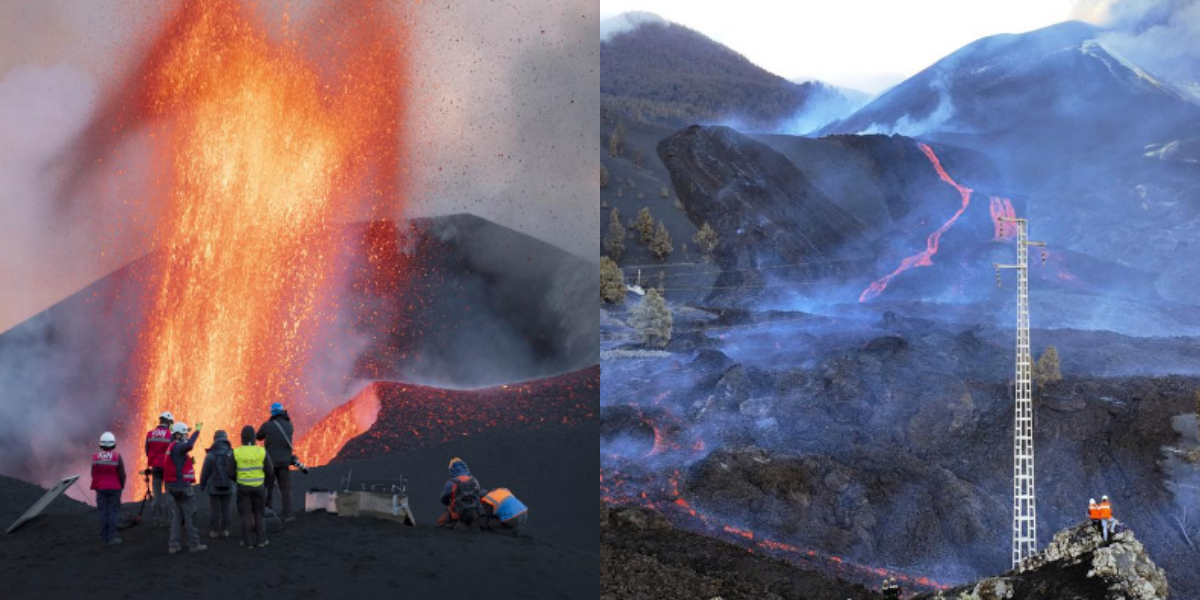They come with high-precision instrumentation and eagle-eyed drones. They analyze gas emissions and molten rock flows with the help of satellites.
On the ground, they collect everything from the tiniest particles to “lava bombs” the size of watermelons that one of nature’s most powerful forces hurl as incandescent forces.
Scientists from all over the world are flocking to La Palma, one of Spain’s Canary Islands in the Atlantic Ocean, to take advantage of a volcanic eruption that is occurring barely an hour’s drive from an international airport and the safety of working under military escort.
Read more: Hawaii reports the Kilauea volcano erupting in big island
They’re using cutting-edge technology to investigate an unusual volcanic eruption that occurred on land, sea, air, and even space.
As with the two dozen other major live eruptions around the world, from Hawaii to Indonesia, the ultimate goal on La Palma is to take advantage of a once-in-a-lifetime opportunity to learn more about volcanic eruptions: how they form, develop, and, most importantly for the islanders, how and when they end.
[embedpost slug=”a-small-island-in-corsica-made-from-oyster-shells/”]





















